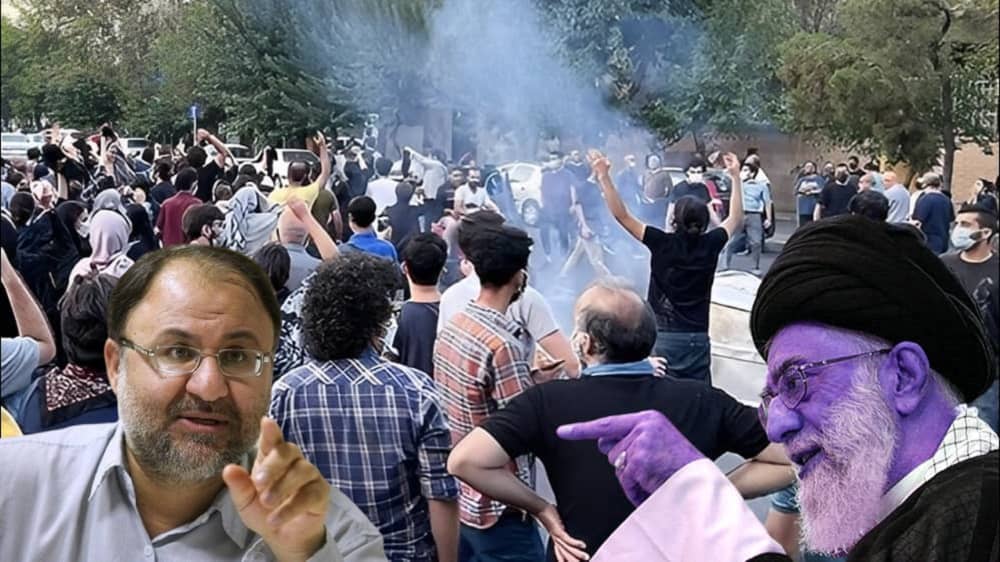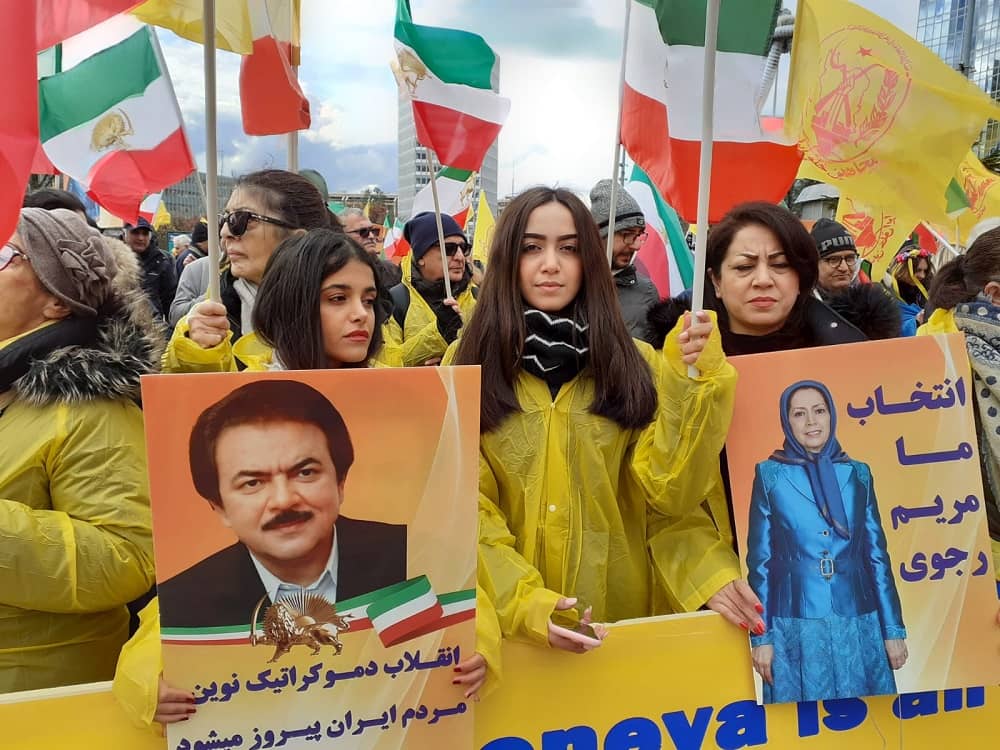

A consistent theme across various media platforms, including news, television, and films, has been the regime’s focus on educating the younger generation about what it perceives as the considerable threat posed by the MEK.
A notable instance of this campaign is the interview granted by Mohammad-Sadegh Koushki to the state-run newspaper Hamshahri. Koushki, a former interrogator for the Iranian Ministry of Intelligence, now portrays himself as a university professor. His extensive history in interrogating MEK supporters positions him as a regime-endorsed “expert on the MEK issue.”
Koushki’s interview, though a clear part of the regime’s narrative, offers insight into its views on the MEK. His discourse requires a critical approach, deciphering what might be termed “reverse language.” Through this lens, Koushki’s remarks inadvertently highlight the MEK’s growing influence, especially among Iran’s youth.
#Iran News in Brief
Mohammad Sadegh Kushki, former MOIS interrogator: "It is rational to demand that the #internet must be free from vulgarity, and if our virtual space becomes lawful, we will no longer witness so many riots."#internetshutdownhttps://t.co/cbkdl4OdeA pic.twitter.com/c42vfkNzKQ— NCRI-FAC (@iran_policy) September 22, 2022
He pointed out that the MEK expanded its internet presence significantly as online access became widespread. By the late 2000s and 2010s, they had adopted innovative methods for audience engagement. Koushki’s explanation of the MEK’s communication tactics with young people emphasized their use of victimhood narratives. He claims that the MEK portrays itself as a democratic, freedom-loving organization, victimized by the Islamic Republic, which has allegedly massacred tens of thousands of its members.
When questioned about financial incentives for young recruits, Koushki clarified that individuals are expected to fund their participation in MEK activities, negating the notion of monetary motivation. He suggested that those collaborating with Western and Israeli intelligence services receive compensation.
#Iran News in Brief
A website affiliated with the Iranian regime's MOIS demonstrated Tehran's intensified concerns about the influence of the Mojahedin-e-Khalq Organization (#MEK) inside Iran's society, especially among Iranian youth.
https://t.co/s2Y7Lb4DmE pic.twitter.com/fqToRq5XFY— NCRI-FAC (@iran_policy) September 7, 2022
Further, Koushki acknowledged the MEK’s role in recent Iranian uprisings. He admitted to the recruitment of students from prestigious universities like Sharif University and their involvement in actions such as slogan-writing, violent protests, and creation of propaganda materials, particularly during the 2022 unrest.
Koushki also highlighted the MEK’s strategy of attracting teenagers and young adults through various political, social, and security-related content, including images and satirical clips that oppose the regime.

In addressing how to counter the MEK’s influence, Koushki advised against implementing internet restrictions. Instead, he proposed managing internet usage, suggesting that enacting laws with specific criteria could help mitigate the issue.

MEK Iran (follow us on Twitter and Facebook), Maryam Rajavi’s on her site, Twitter & Facebook, NCRI (Twitter & Facebook), and People’s Mojahedin Organization of Iran – MEK IRAN – YouTu







